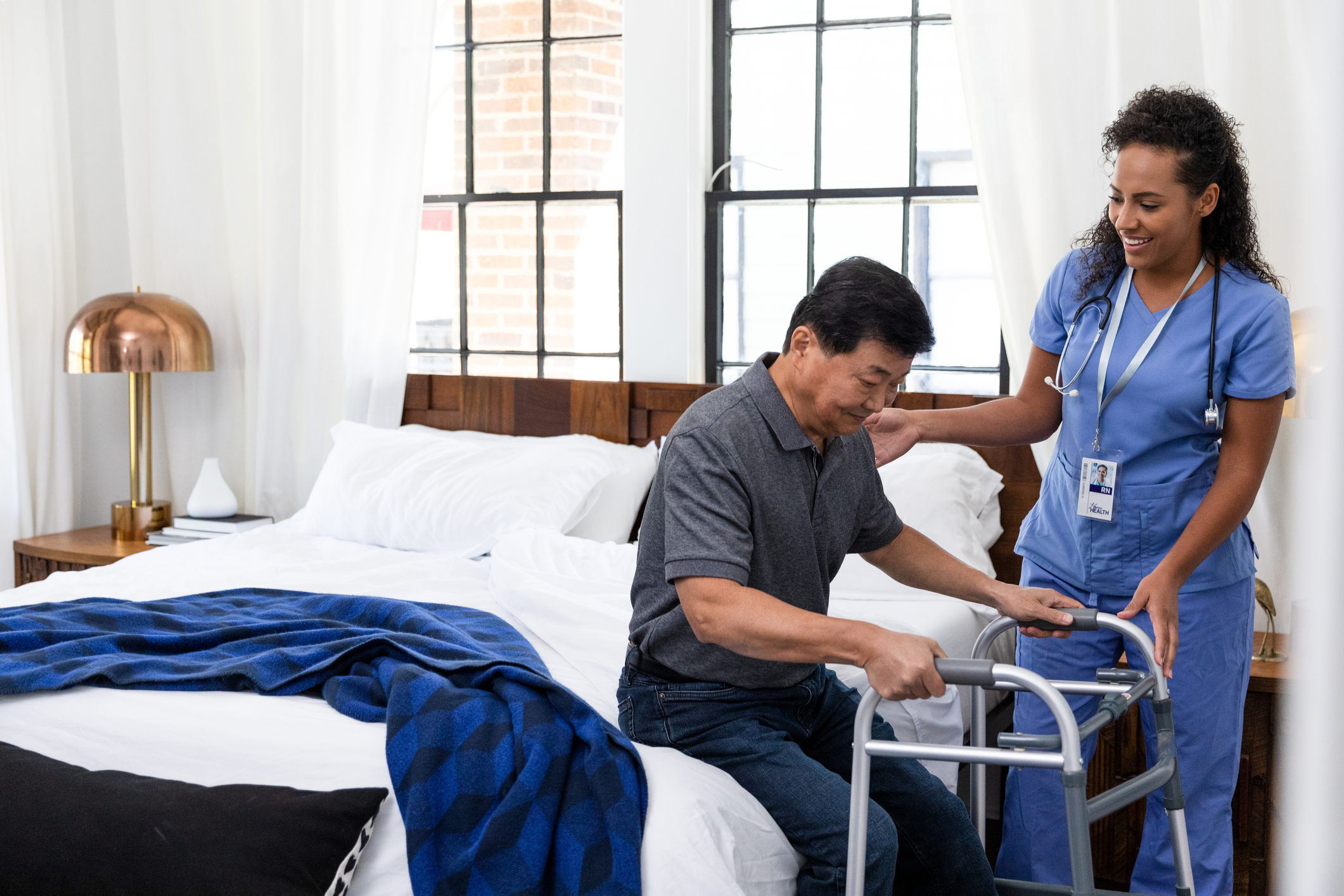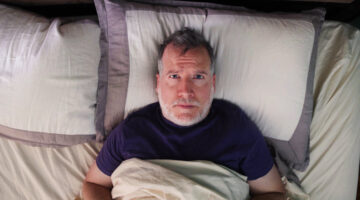Determining sick neurons from healthy ones is currently still done better with the eye of a scientist by looking at its shape than with a computer. But as Jane Roskams, an executive director at the Allen Institute for Brain Science, pointed out to NPR, a standardized, computer-based system to look at neurons would greatly speed up the analysis process.
In an effort to move this mission forward swiftly, the institute has enrolled computer hackers to contribute to tackling this task.
They have now launched BigNeuron, which is a collaborative effort between scientists and hackers to hopefully improve computer algorithms that turn images of neurons into 3D digital models. A series of hackathons will be put together to test the algorithms.

With the Rise of AI, What IP Disputes in Healthcare Are Likely to Emerge?
Munck Wilson Mandala Partner Greg Howison shared his perspective on some of the legal ramifications around AI, IP, connected devices and the data they generate, in response to emailed questions.
“So we have 15 to 20 people in a room,” Roskams told NPR. “They each have their pet algorithm, and they’re kind of racing each other.” The first hackathon took place in Beijing in mid-March, and more are planned to take place in the U.S. and the U.K.
These hackers don’t necessarily need to know anything about the brain and neurons for this project.
“We have incredibly talented young people who can code and program and begin to give meaning to some of the pictures that we’ve been taking in a way that many neuroscientists can’t imagine doing,” she says.
The success of this project would yield algorithms that could provide advanced improvement on how a neurons shape and appearance indicates brain health in a more sophisticated way.
“We should be able to look within an aging brain and go, “Wow, that’s why that person is so sharp and sprightly. Their neuron in this part of their brain looks exactly the same as a 20-year-old’s,” Roskams says.














